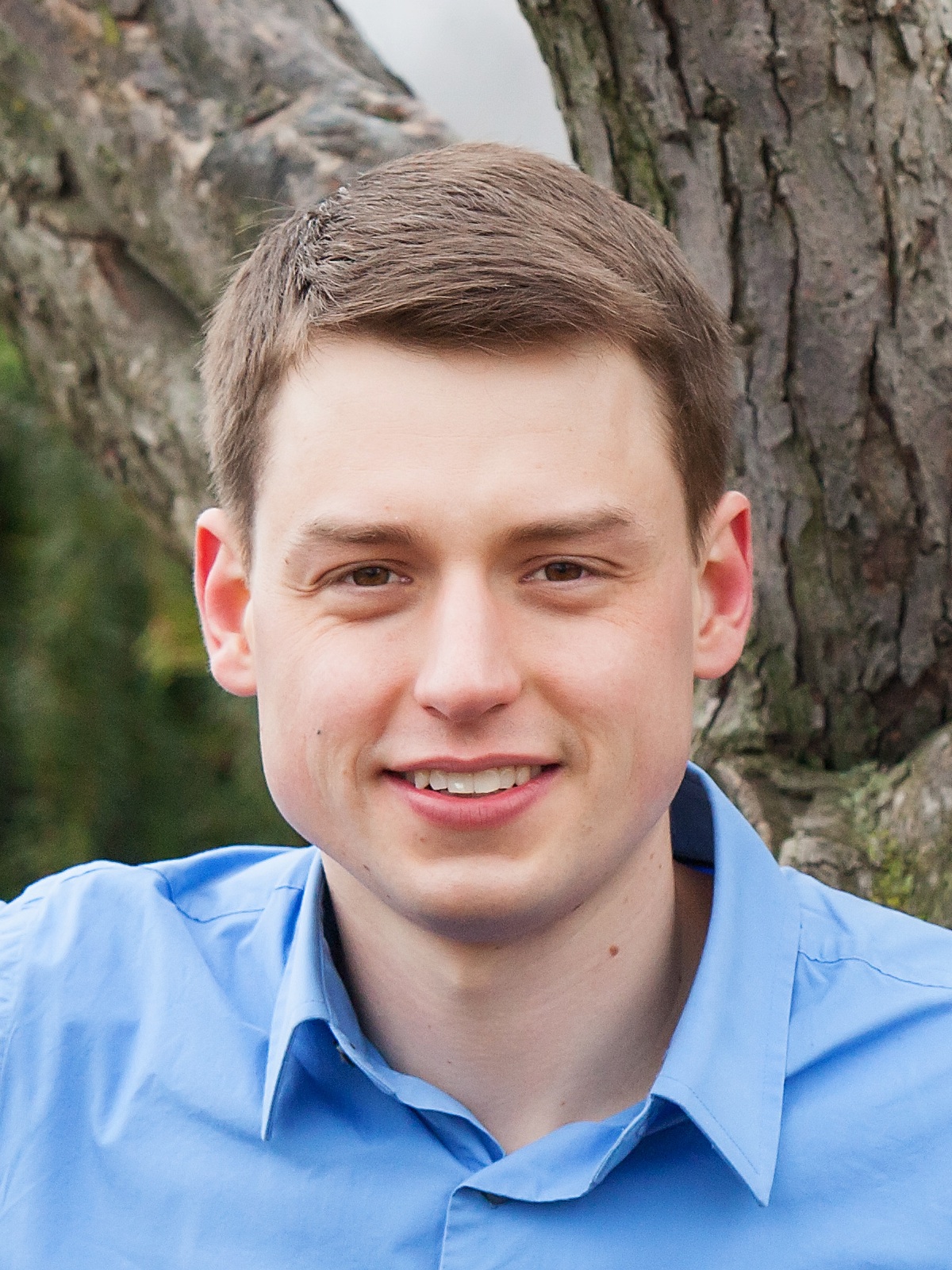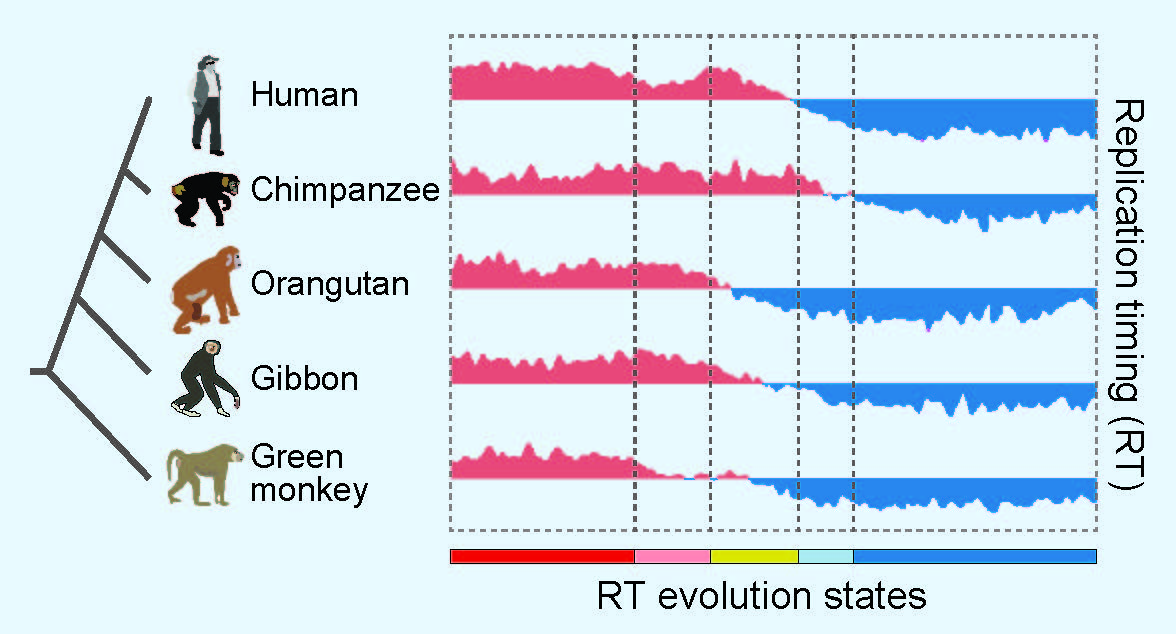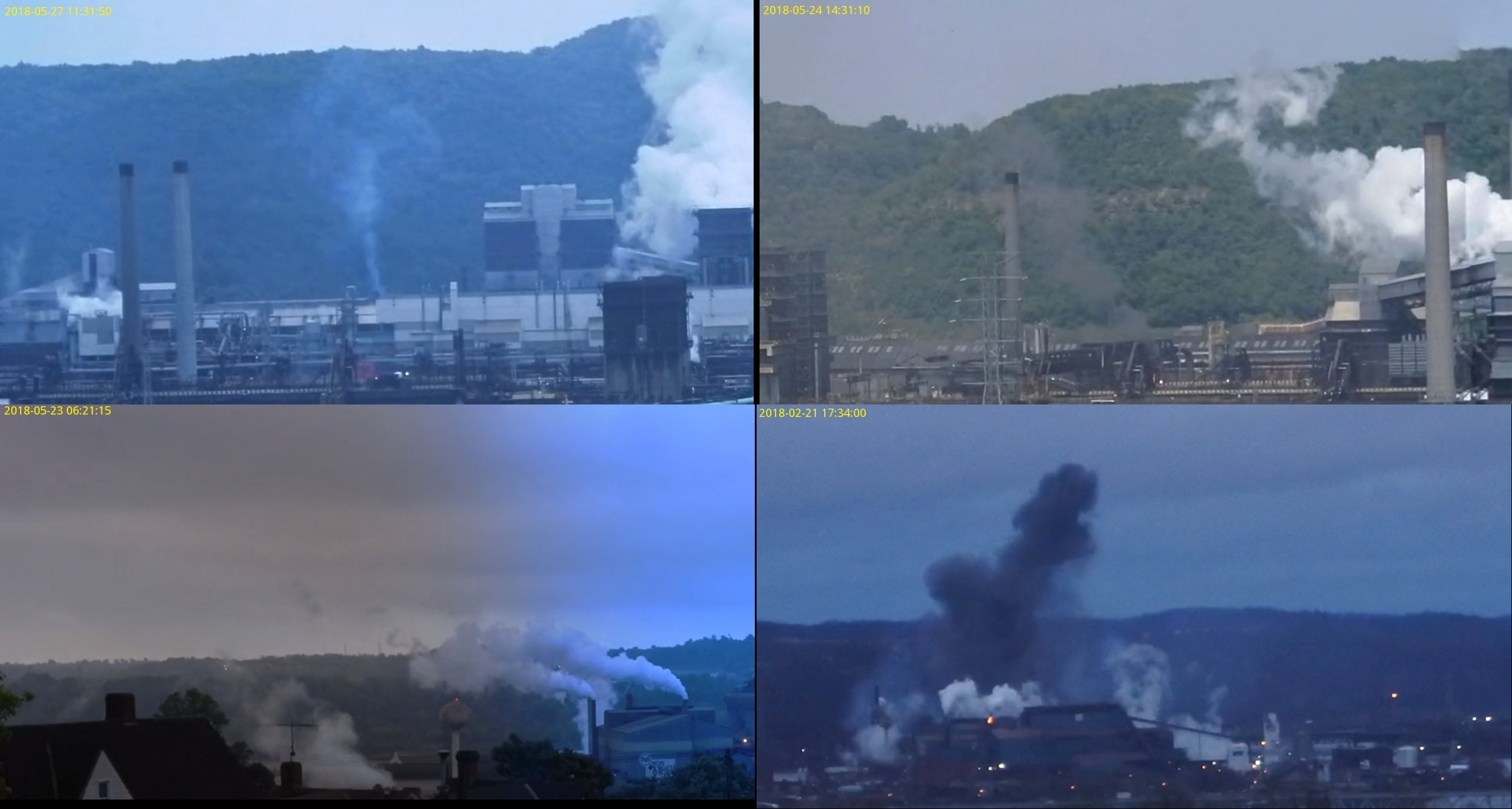Bosch Center for Artificial Intelligence, Carnegie Mellon Partner To Accelerate AI Research
Bosch in North America today announced the launch of the Bosch Center for Artificial Intelligence (BCAI) Research Lab in Pittsburgh, which will be the BCAI's fourth location. The lab will conduct advanced research in artificial intelligence (AI) technologies. The new location is the next step in BCAI's mission to partner with leading institutions around the world to jointly accelerate AI research. Bosch plans to build a team of up to 20 AI experts at Bosch's Pittsburgh Technology Center by the end of 2019. In addition, Bosch will provide more than $8 million to sponsor research at Carnegie Mellon University through 2023. This collaboration represents another important milestone in the longstanding and mutually beneficial partnership between Bosch and the university. Having established a presence in Pittsburgh in 1999, Bosch has played an important role in fostering the development of Pittsburgh's flourishing tech community. The launch of the BCAI Research Lab in Pittsburgh is highlighted by CMU's Zico Kolter joining Bosch as chief scientist in AI. Kolter, an assistant professor in CMU's School of Computer Science (SCS), will direct the multi-million dollar research projects at CMU, in addition to contributing to Bosch's global R&D efforts as a principal member of the BCAI. Kolter, a leading expert in AI research, develops methods that make machine learning more robust, interpretable and modular. He also has worked on applications for smart energy and sustainability solutions. Some of his recent work looks specifically at machine learning methods that are provably resistant to so-called "adversarial attacks" and methods for incorporating optimization procedures as modules within the loop of more complex deep learning systems. Significantly, while working for Bosch, he will continue to teach and perform research as a faculty member at SCS, which U.S. News and World Report this spring rated the No. 1 U.S. graduate school for artificial intelligence, as well as a top-ranked school for computer science overall. "We're excited to establish BCAI Research in Pittsburgh with Zico Kolter as part of the long-term collaboration between CMU and Bosch," said Christoph Peylo, global head of BCAI. "CMU, with its tradition as one of the leading institutions in AI research, is an important pillar in BCAI's mission to develop safe, robust and secure AI for Bosch products and services." With a widening gap between industry need and available talent, Bosch is partnering with leading academic organizations such as CMU to develop future professionals' skills in the dynamic field of AI. The collaboration will also create new opportunities to further AI technology that contributes to advances in Bosch's four business sectors — mobility solutions, consumer goods, industrial technology, and energy and building technology. Under this partnership, Bosch will expand its AI capabilities while simultaneously training the next generation of AI experts. "We at Carnegie Mellon are excited to be working with Bosch to find new ways to use artificial intelligence to improve lives and to develop the next generation of AI scientists," said Andrew Moore, dean of CMU's School of Computer Science. "Bosch will benefit greatly from Zico Kolter's insights, while Zico continues his essential research and teaching here at Carnegie Mellon." CMU has been a leader in AI since the field emerged 60 years ago, pioneering advances in self-driving cars, facial recognition and natural language processing. Last year, SCS expanded its efforts through the CMU AI initiative and this year launched the first U.S. undergraduate degree in AI. BCAI was founded in early 2017 to deploy cutting-edge AI technologies across Bosch products and services. Using data from Bosch domains, BCAI creates differentiating technology by solving challenges in high-potential lead applications. It scales research results and generates value through deployment of machine learning in products, processes, and services in areas such as manufacturing, engineering, supply chain management and intelligent services. BCAI Pittsburgh is the most recent addition to BCAI's locations around the globe — Renningen, Germany; Sunnyvale, California; and Bangalore, India. Since its inception, BCAI has sought out innovative partnerships with international universities as well as partners from politics, business and science to solve today's most challenging AI problems. BCAI is actively looking for opportunities to expand its research network further and collaborate with industry thought leaders. During the Robotics: Science and Systems (RSS) conference hosted at CMU June 26–30, Bosch and its partners will celebrate the launch of the BCAI research lab, as well as the partnership with CMU, with robotics researchers from around the globe. This invitation-only event will be held June 27 at 8 p.m. at Phipps Conservatory near CMU's campus in Pittsburgh, following the Bosch-sponsored RSS Pittsburgh Robotics Showcase. The Robotics Showcase will be held in the Atrium of CMU's Newell-Simon Hall and is open to all conference attendees.





